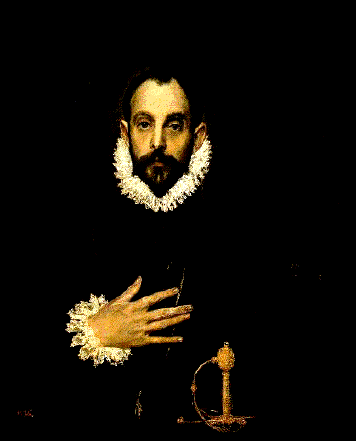The Cup of Coffee is a college and drawing made by Pablo Picasso. Picasso cut out pieces of commercially product of wallpaper and black collared drawing paper to represent different parts of the foreground and background of this art piece. In addition, P. Picasso drow some elements that make the final artwork look real and tridimensional. In the final artwork, we can appreciate a representation of silly life.
I really love this particular artwork, it is very unique. Each time I see it, I can imagine my life as every morning when I woke up and go to the kitchen and drink a cup of coffee. The originality of this brings me the sensation that Picasso’s imagination does not have limit and he can made from one common life situation a really wonderful piece of art.
Citation:
Pablo Picasso (1881–1973) The Cup of Coffee, spring 1913 Papier collé with charcoal and white chalk 23 13/16 x 13 3/4 inches National Gallery of Art, Washington, D. C., collection of Mr. and Mrs. Paul Mellon © 2011 Estate of Pablo Picasso / Artists Rights Society (ARS), New York
Pablo Picasso (1881–1973) The Cup of Coffee, spring 1913 Papier collé with charcoal and white chalk 23 13/16 x 13 3/4 inches National Gallery of Art, Washington, D. C., collection of Mr. and Mrs. Paul Mellon © 2011 Estate of Pablo Picasso / Artists Rights Society (ARS), New York



